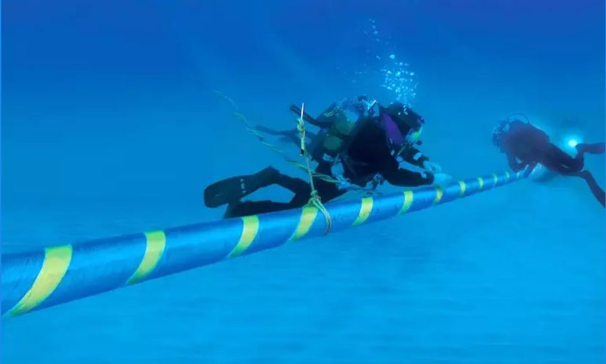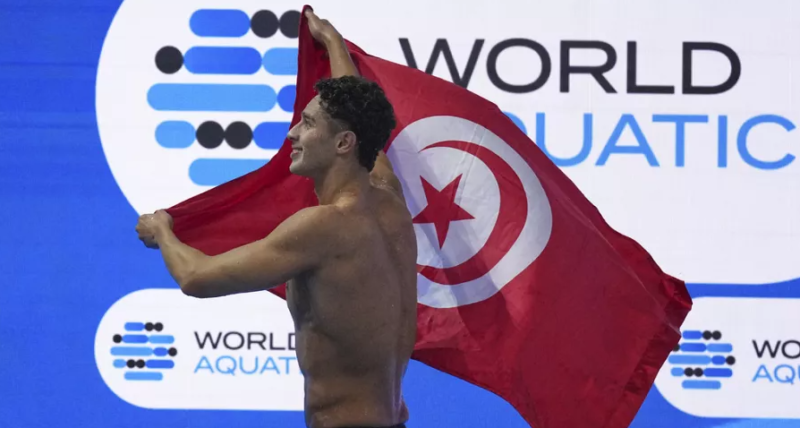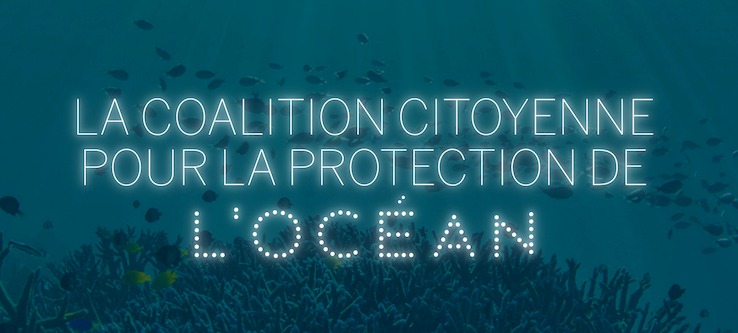Elmed Project | The Submarine Cable Linking Italy and Tunisia to Be Completed by End of July
The laying of the submarine cable for the Elmed project—an electric interconnection between Tunisia and Italy considered strategic for Mediterranean energy security—will be completed by the end of July.
According to La Presse, this update was shared by Faycal Trifa, Director General of the Tunisian Electricity and Gas Company (STEG), during a hearing before the Finance Committee of the Tunisian Parliament.
Trifa stated that the installation works, which began in recent months, are in an advanced stage and are expected to be completed by the end of July. Presenting the project’s progress, he added that the technical bids have already been opened, and the final step is to obtain the World Bank’s approval to proceed with opening the financial bids, scheduled for September.
Initial delays were caused by a lack of local expertise, which required the involvement of foreign consulting firms, as well as issues related to land transfers.
A 200-Kilometer Submarine Cable
The Elmed (Mediterranean Electricity Link) project—jointly led by Terna and STEG—aims to connect the Mlaâbi converter station in Tunisia with the one in Partanna, Sicily, via a high-voltage direct current (HVDC) submarine cable approximately 220 kilometers long, with 200 kilometers running under the sea.
The new infrastructure, with a transmission capacity of 600 MW, will enable bidirectional electricity exchange, promote the integration of renewable energy sources, and enhance the resilience of power grids in both countries.
This interconnection is also a key component of the Euro-Mediterranean energy cooperation strategy and Italy’s “Mattei Plan” for Africa. Backed by over €850 million in funding, the Elmed project includes a €307 million grant from the EU through the Connecting Europe Facility (CEF), with the remainder financed by Terna, STEG, and international financial institutions within the Team Europe partnership.
Converter station completion is expected by 2027, with full commercial operation of the link planned for mid-2028.




